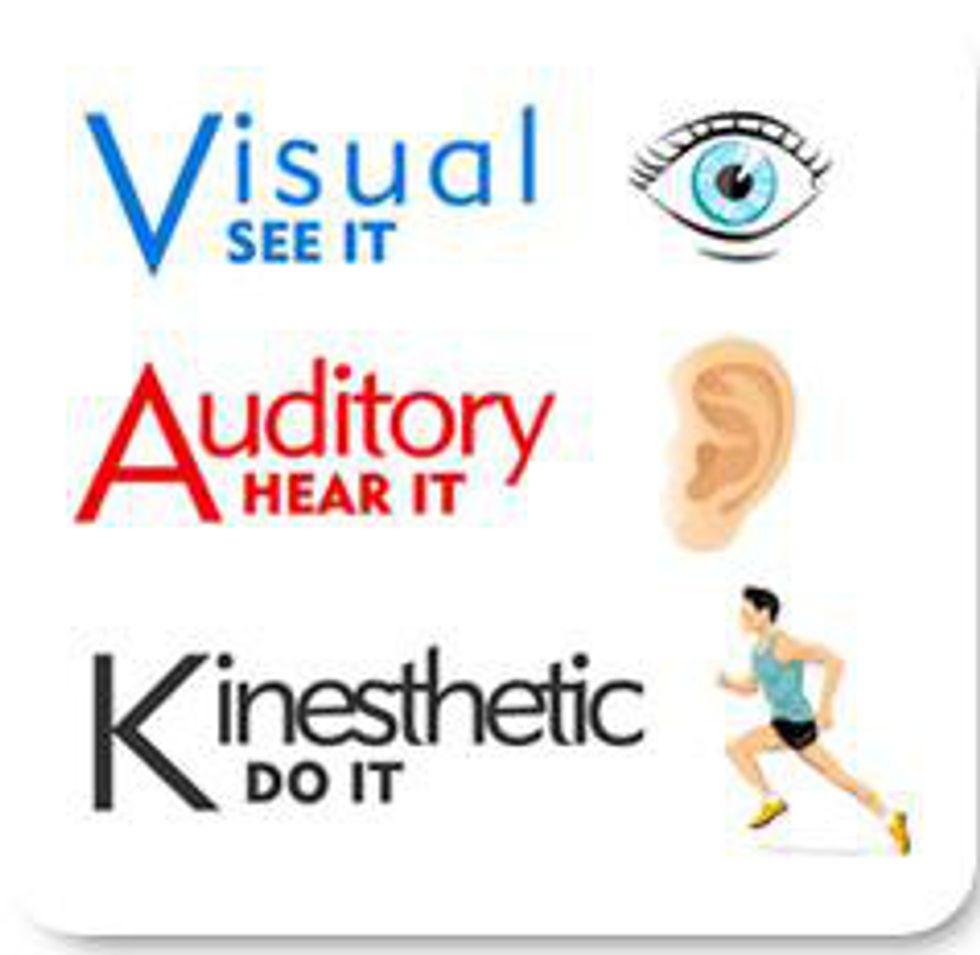There is something called experiential learning that is gaining traction in several academic settings. Oftentimes it is difficult for students to simply understand material through reviewing lectures and being handed material to learn. Experiential learning is an outlet of learning that is done through real world applications and allows students to internalize information and not just memorize it. Experiential learning can come with lots of excitement for students and can create a love for learning that is necessary for motivating students to commit to education and the pursuit of knowledge. Not everyone learns best by highlighting notes in a textbook. Many people learn best by conducting experiments, surveying individuals, creating research based PowerPoint presentations, using creative methods of retaining information such as creating songs, video templates or comic strips, or finding a way to teach information to others to allow themselves to learn. Experiential learning is incredibly important in a world where only certain individuals' needs are catered to.
Right-brained thinkers need creative flow in order to learn the information. It is not that students who take exams and score low have lower IQs or are unintelligent. The fact of the matter is that many people simply cannot score high on tests just by highlighting chapters in a textbook or creating flashcards or reviewing with friends. Some people have a more analytical approach to learning which involves processing the information through a format in which the information's real world application is easier to conjure. This might mean going to a health clinic to do research about patients of Medicare rather than just reading a chapter of an American Health Care book, and this might even mean surveying people based on a statistical thesis, rather than simply solving a statistics problem for homework. It is easier to understand the information and use it again and again from special experience.
This is not a matter of being smart or stupid. Everyone learns in different ways. There are several learning styles.
- Visual (spatial):You prefer using pictures, images, and spatial understanding.
- Aural (auditory-musical): You prefer using sound and music.
- Verbal (linguistic): You prefer using words, both in speech and writing.
- Physical (kinesthetic): You prefer using your body, hands and sense of touch.
- Logical (mathematical): You prefer using logic, reasoning and systems.
- Social (interpersonal): You prefer to learn in groups or with other people.
- Solitary (intrapersonal): You prefer to work alone and use self-study.
Learning styles must be evaluated and incorporated into classroom settings and experiential learning allows this type of learning to happen. Students should have creative projects and be able to choose from what learning style they believe works for them. This can be via an oral project, a writing based project, visual project, a technical project, a social and communication based project or more. This also means that extroverts can remain extroverts and introverts can remain introverts. No one needs to change their personality in order to progress in a classroom setting. Sometimes the smartest brains can be the quietest and the loudest may be expressive, which is also good. Anyone can be intelligent in whatever setting and learning and teaching process works best for them.
Students can be prepared for real world experiential learning processes and experiences through gaining knowledge in the way that works best for them. Changing one's teaching style to suit the classroom can allow very high test scores to be achieved or may allow students who already come from underprivileged backgrounds to gain a better learning experience in a classroom setting, and this might even lower the education gap.






















